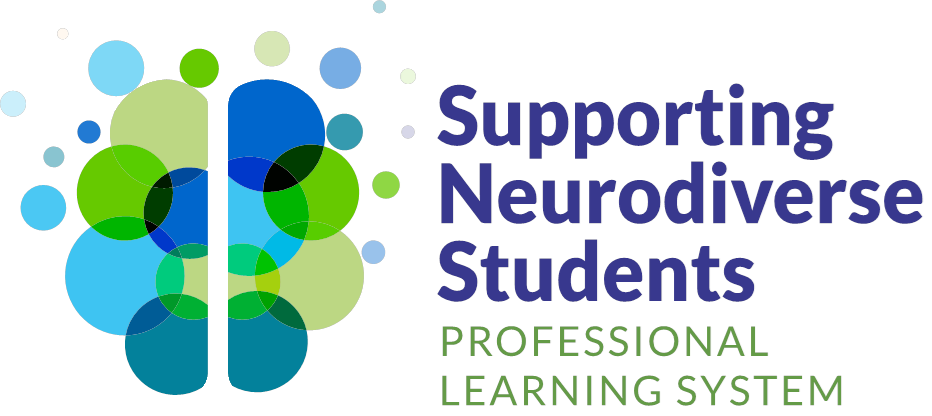Regulation: Where do we start? - March 9, 2026 (virtual)
Admission
- Free
Location
Description

Regulation is the foundation upon which we are able to access our learning. When a student experiences a regulation system that is in distress, it may result in a lack of access to learning as well as behavior that is challenging to adults. We will learn how the stress response system works within our brain and the role it plays in a student's ability to be regulated. A deep dive into understanding the skill sets it takes to be an active participant in self-regulation will be explored and strategies to better support co-regulation will be provided.
Objectives:
- Participants will interact with the concept of the brain-based reaction system of the lower brain, the amygdala hijack
- Participants will be introduced to two paths of thinking to plan for support - co-regulation and self-regulation
- Participants will be taught the basic skills of regulation - Knowing signal, language, action, and reflection along with strategies to teach these skills within

About the Presenter: Katie Berg MA Ed., Supporting Neurodiverse Students Statewide Coordinator
Katie has been educating students for over 20 years. She has worked in the private sector, public education and now statewide through an IDEA Discretionary Grant. From her experiences providing one on one therapy, classroom teaching, district training and now statewide work, Katie has had opportunities to engage learners in a range of subjects related to students with neurodiverse needs. Many years were spent focused on working with students with autism and students experiencing mental health differences. Katie focuses on Social and Emotional Learning skills to support students and educators in problem-solving challenging behaviors.
The Supporting Neurodiverse Students Professional Learning Grant CFDA# 84.027A acknowledges the support of the Wisconsin Department of Public Instruction in the development of this material and for the continued support of this federally-funded grant project. There are no copyright restrictions on this document; however, please credit the Wisconsin DPI and support of federal funds when copying all or part of this material.
